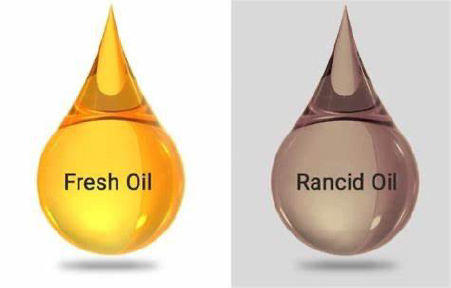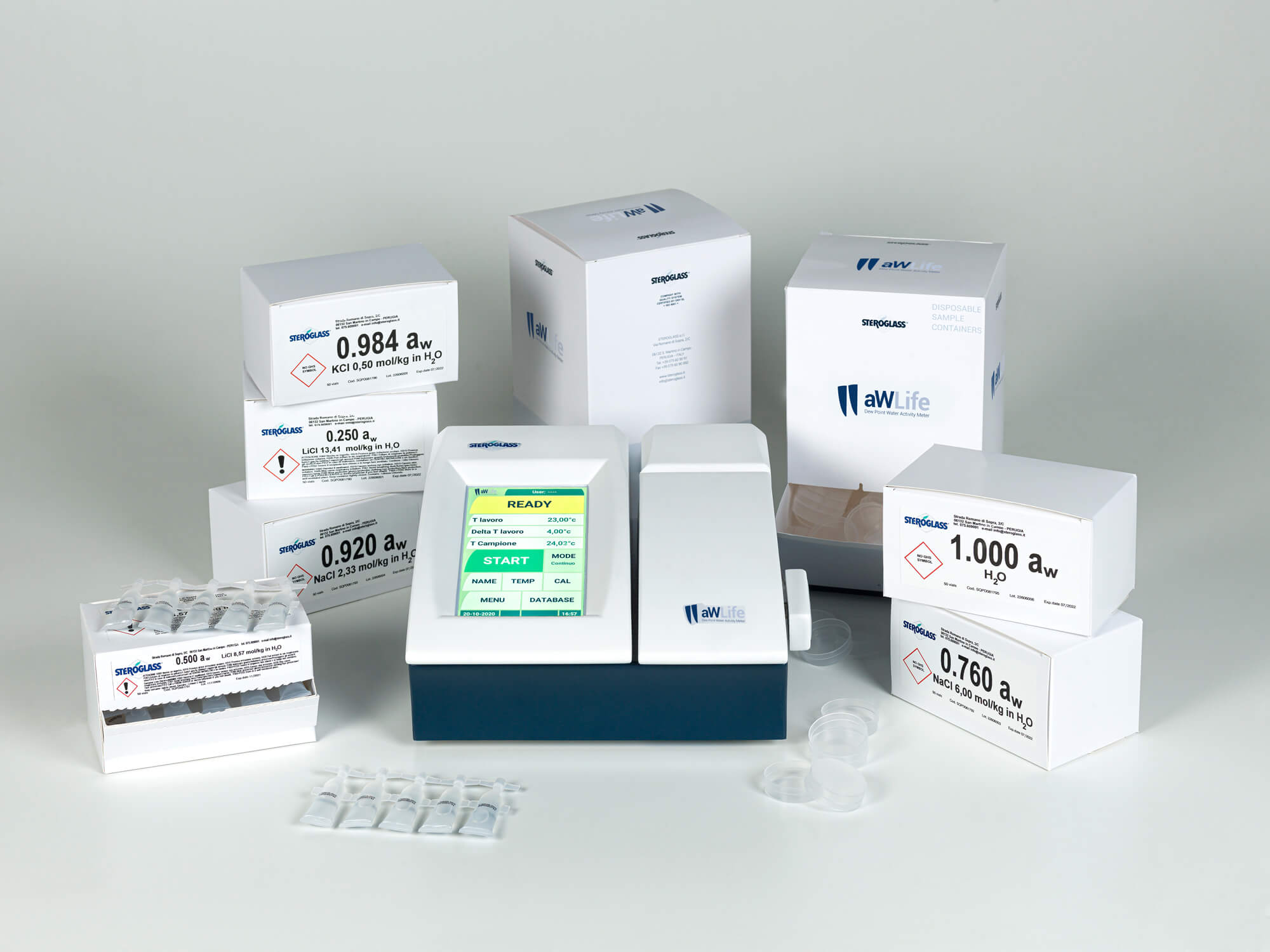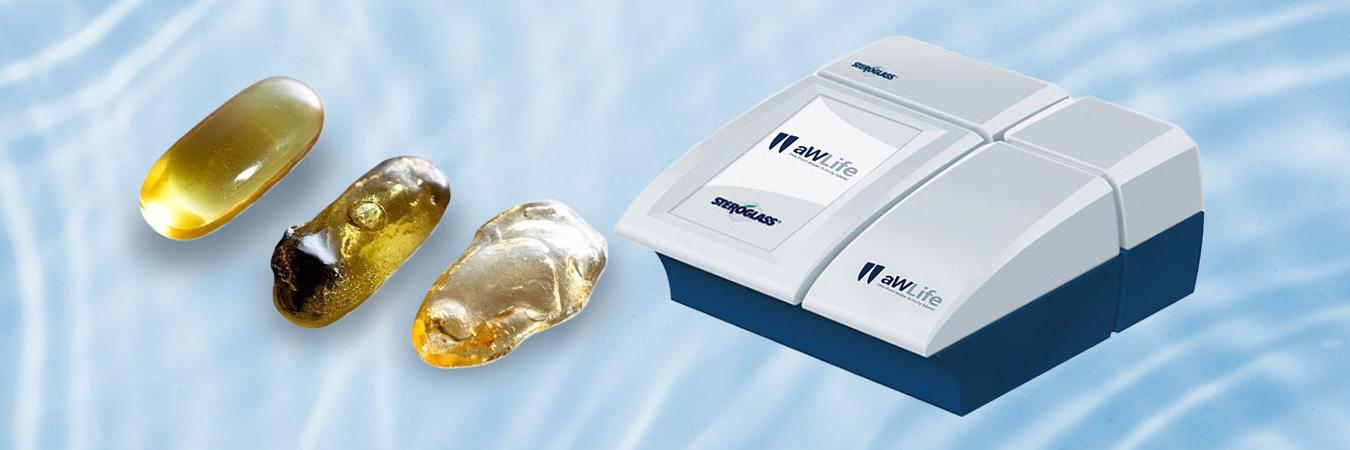Lipid oxidation is a crucial challenge in the food, cosmetic, and pharmaceutical industries, directly impacting product quality, safety, and shelf life. A key parameter to counteract this phenomenon is water activity (aw), whose precise management helps reduce lipid deterioration and improve product stability.
Lipid Oxidation and the Role of Water Activity
Lipid oxidation is a complex chemical process that leads to the formation of undesirable compounds, responsible for unpleasant odors, loss of nutritional value, and potential health risks. This phenomenon is influenced by various factors, including temperature, the presence of oxygen and transition metals, as well as water activity, which modulates the environment in which oxidative reactions occur.
The lipid oxidation process develops in three stages:
- Initiation - Formation of free radicals from unsaturated lipids, often due to exposure to oxygen, light, or heat..
- Propagation - Free radicals react with other lipids, generating lipid peroxides and amplifying the oxidative process.
- Termination - Secondary oxidation products, such as aldehydes and ketones, are formed, compromising the product's odor, taste, and stability.
Water activity (aw) plays a decisive role in the rate of lipid oxidation:
- High aw (>0.75): Promotes microbial growth, which can generate harmful oxidative metabolites.
- Low aw (<0.2): Reduces natural antioxidant protection and increases oxygen mobility in lipids, favoring auto-oxidation.
- Optimal range (0.2 - 0.5): Minimizes the activation of oxidative enzymes and limits the mobility of pro-oxidant catalytic metals, helping slow down the oxidation process.
The Issue of Rancidity
Rancidity is one of the direct consequences of lipid oxidation, causing organoleptic and functional degradation of fat- and oil-containing products. The main types of rancidity include:
- Oxidative rancidity - Caused by the interaction between oxygen and unsaturated fatty acids, leading to the formation of peroxides and volatile compounds responsible for rancid odors.
- Hydrolytic rancidity - Results from the breakdown of triglycerides into free fatty acids, facilitated by lipase enzymes or moisture that accelerates hydrolysis.
Accurate monitoring of water activity is essential to limit these phenomena and maintain lipid-based products in optimal storage conditions.

aWlife - The Water Activity Analyzer as an Essential Tool
The use of the aWlife water activity analyzer allows for precise control of aw levels in products sensitive to lipid oxidation. By employing calibration standards, reliable and repeatable measurements can be obtained, improving quality control and reducing the risk of deterioration.
Practical Applications for Managing Lipid Oxidation
Water activity analysis and control have applications in various industries:
- Food Industry - Extending the shelf life of snacks, vegetable oils, and baked goods.
- Cosmetics - Preventing rancidity in formulations containing essential oils and vegetable butters.
- Pharmaceuticals - Stabilizing gelatin capsules and lipid-based formulations.

Investing in an accurate water activity monitoring system ensures higher-quality, safer products with a longer shelf life, enhancing the reliability of production processes and consumer satisfaction.
